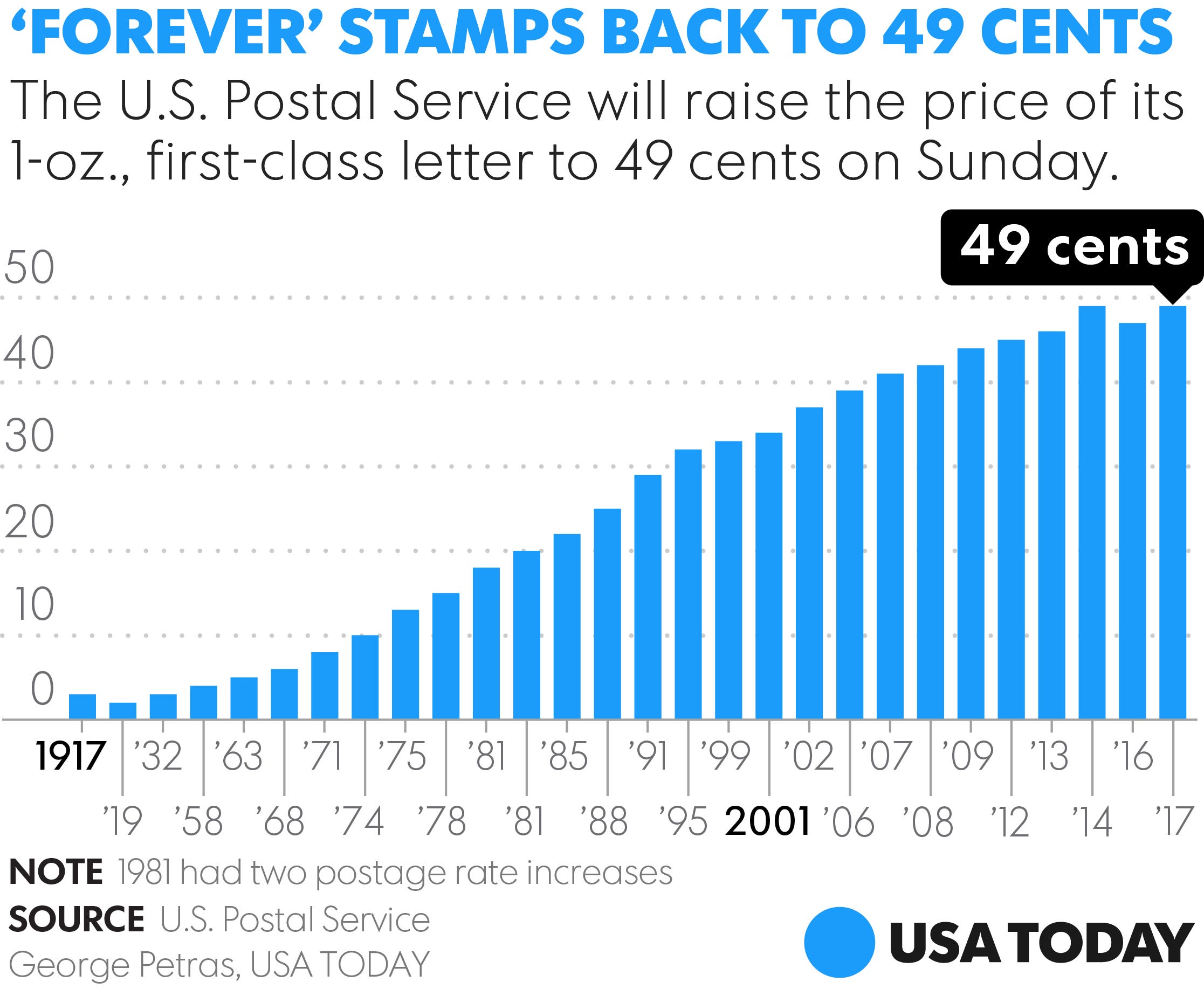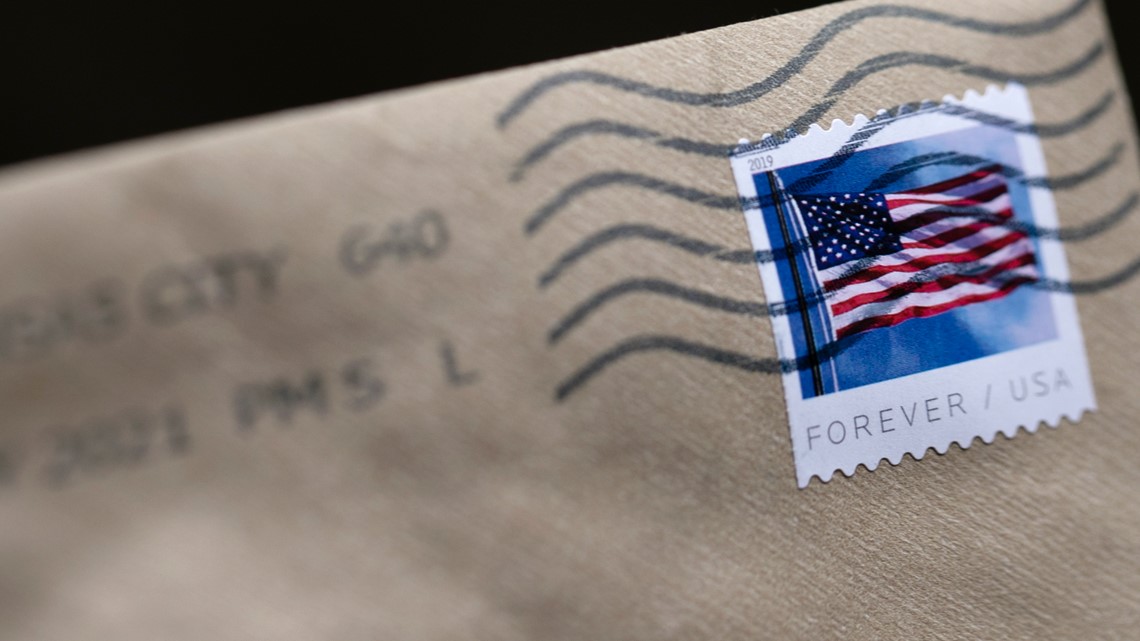

The Postal Regulatory Commission denied a price hike because, according to its statement at the time, USPS “failed both to quantify the impact of the recession on its finances and to show how its rate request relates to the resulting loss of mail volume.”įirst-class mail is becoming a smaller part of the Postal Service’s business because of online communication.

It’s rare, but not unheard of, for the regulators to decline USPS requests they did so in 2010. If the latest hike is approved, it would amount to a 32% increase over the past four years.ĭomestic postcards will also increase from 48 cents to 51 cents, and international postcards from $1.45 to $1.50. “These price adjustments are needed to provide the Postal Service with much needed revenue,” the agency said in a statement. Although inflation has been cooling over the past nine months - prices were up 5% last month on an annual basis - it remains above the central bank’s target of around 2%.

Surging prices have dented business across the global economy over the past two years, pushing up workers’ wages and increasing the costs of doing business. The Postal Service said the hike was necessary to offset a rise in operating expenses. If approved, the change would take effect in July, raising the cost of mailing a first-class letter by about 5.4%. The US Postal Service said Monday that it filed a notice with its regulators to increase prices on first-class mail stamps to 66 cents from 63 cents.


 0 kommentar(er)
0 kommentar(er)
